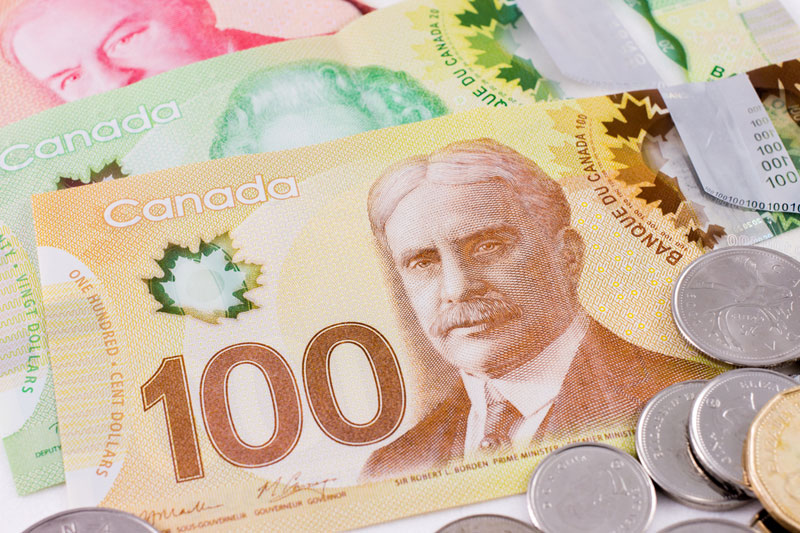* Dollar at 11-year highs against Canadian dollar
* Little relief for commodity currencies
* Oil near seven-year lows after Monday's 6 pct slide
(Updates prices, adds comment)
By Anirban Nag
LONDON, Dec 8 (Reuters) - The currencies of major oil
exporting nations, such as the Canadian dollar and the Norwegian
crown, fell on Tuesday as crude prices hovered near seven-year
lows, muddying the water for global growth and inflation
prospects.
Growth-linked currencies like the Australian dollar also
remained on the defensive after Chinese trade data for November
did little to soothe concerns about China's economic
slowdown.
With lower oil prices likely to add to global deflationary
concern and Chinese data doing little to improve sentiment, risk
appetite remained fragile. Stocks were in the red and safe-haven
currencies like the yen JPY= and euro EUR= did well.
The Canadian currency fell 0.4 percent against the U.S.
dollar, to C$1.3555 CAD=D4 . That was the U.S. dollar's
strongest level since mid-2004.
Similarly the Norwegian crown fell a six-week low against
the euro. The euro rose 0.7 percent, to a high of 9.4570 crowns
EURNOK= . The dollar rose 0.6 percent. NOK=
OPEC failed to agree on a production ceiling last Friday,
meaning supply will continue to depress oil prices. The decision
gave investors the green light to sell crude and the currencies
of oil exporters.
"If you are looking to play weak oil prices, you would want
to sell the Canadian dollar and the Norwegian crown," said
Jeremy Stretch, head of currency strategy at CIBC World Markets.
"With oil prices falling and some even talking about oil falling
to $30 a barrel, revenues for these countries will take a
beating and hence their currencies will remain under pressure."
Crude steadied on Tuesday but remained near seven-year lows.
Brent futures traded just above $41 a barrel and U.S. crude
CLc1 at $37.94. On Monday, they tumbled 6 percent and touched
their lowest levels since February 2009. O/R
The Australian dollar fell 0.6 percent to $0.7220 AUD=D4
as this week's tumble in iron ore and the latest Chinese data
weighted on the currency's woes.
Citi recommended that investors sell the Aussie through
options.
"The weakness in the Chinese economy will spill over to
Australia through commodities demand as well as reduced demand
for the Australian dollar via reserves and other channels. This
should leave it vulnerable to an eventual leg higher in the
dollar," they said.
Meanwhile, the euro rose 0.2 percent to trade at $1.08585
EUR= . Details of a third-quarter gross domestic product report
confirmed the economy grew at 0.3 percent, with domestic demand
responsible for the increase. ECONEZ
(Editing by Larry King)
